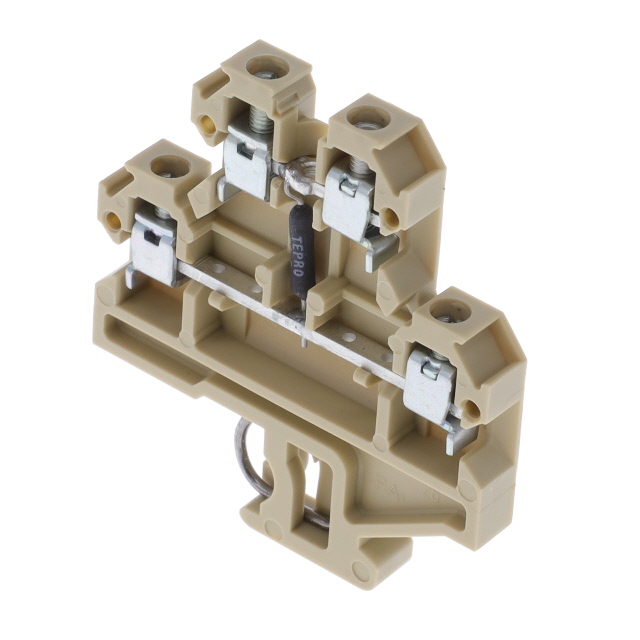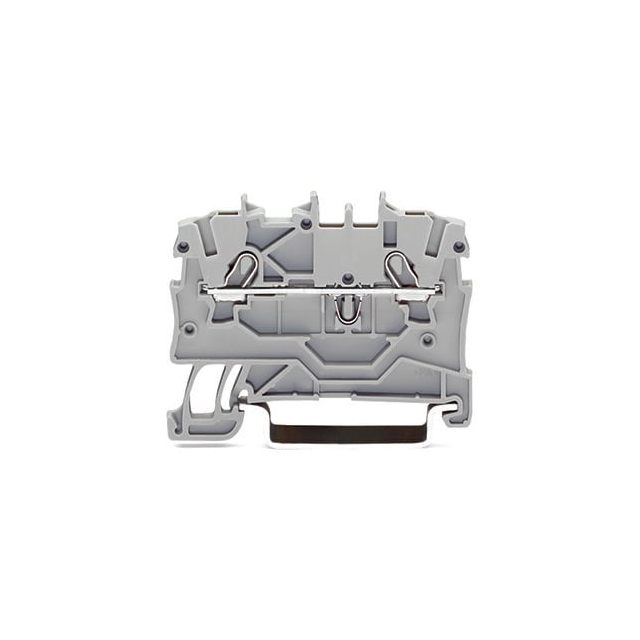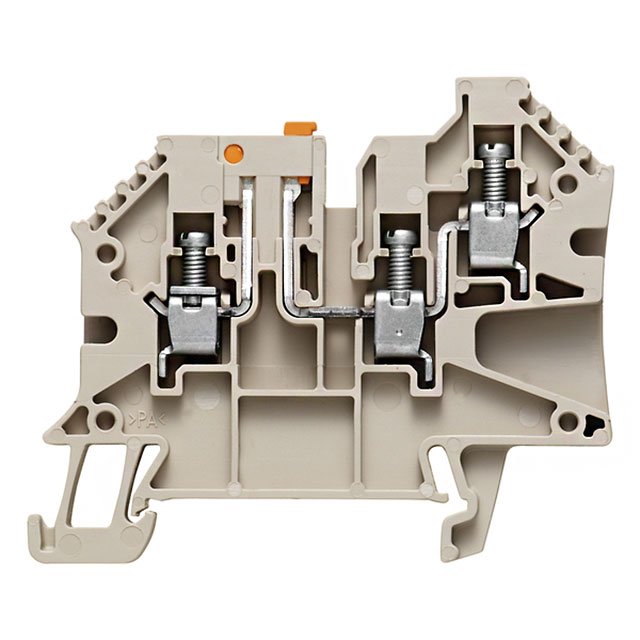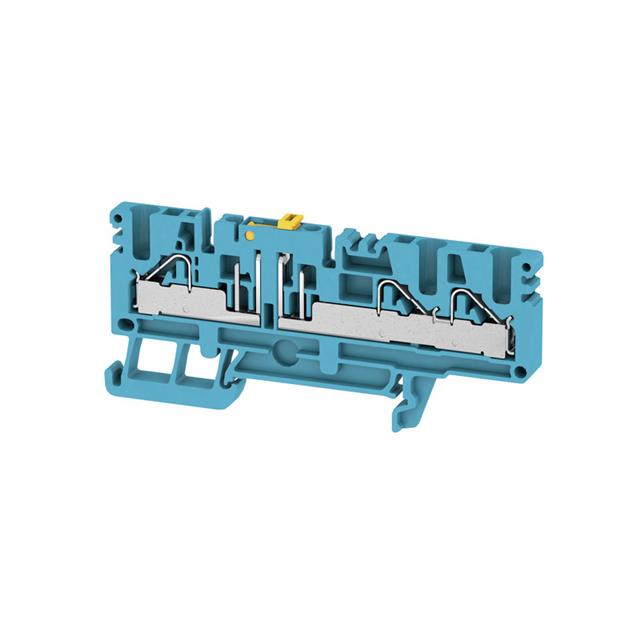

- RFQ
- BOM
-
Contact Us
Tel: +86-0755-83501315
Email: sales@sic-components.com
- Chinese
- English
- French
- German
- Portuguese
- Spanish
- Russian
- Japanese
- Korean
- Arabic
- Irish
- Greek
- Turkish
- Italian
- Danish
- Romanian
- Indonesian
- Czech
- Afrikaans
- Swedish
- Polish
- Basque
- Catalan
- Esperanto
- Hindi
- Lao
- Albanian
- Amharic
- Armenian
- Azerbaijani
- Belarusian
- Bengali
- Bosnian
- Bulgarian
- Cebuano
- Chichewa
- Corsican
- Croatian
- Dutch
- Estonian
- Filipino
- Finnish
- Frisian
- Galician
- Georgian
- Gujarati
- Haitian
- Hausa
- Hawaiian
- Hebrew
- Hmong
- Hungarian
- Icelandic
- Igbo
- Javanese
- Kannada
- Kazakh
- Khmer
- Kurdish
- Kyrgyz
- Latin
- Latvian
- Lithuanian
- Luxembou..
- Macedonian
- Malagasy
- Malay
- Malayalam
- Maltese
- Maori
- Marathi
- Mongolian
- Burmese
- Nepali
- Norwegian
- Pashto
- Persian
- Punjabi
- Serbian
- Sesotho
- Sinhala
- Slovak
- Slovenian
- Somali
- Samoan
- Scots Gaelic
- Shona
- Sindhi
- Sundanese
- Swahili
- Tajik
- Tamil
- Telugu
- Thai
- Ukrainian
- Urdu
- Uzbek
- Vietnamese
- Welsh
- Xhosa
- Yiddish
- Yoruba
- Zulu
- Kinyarwanda
- Tatar
- Oriya
- Turkmen
- Uyghur
Where are capacitors used in real life?
Capacitors, seemingly unremarkable yet indispensable, permeate every facet of contemporary technology. Beyond their well-known roles in energy storage and signal filtering, these components wield diverse functions that underpin the operation of countless devices. Understanding their extended capabilities reveals their true significance in modern systems.
Core Functions and Expanded Roles
1. Energy Storage and Surge Suppression
While capacitors are celebrated for storing electrical charge, their ability to mitigate voltage surges is equally vital. In power grids, they act as "electrical shock absorbers," diverting excess energy during sudden spikes—such as those from lightning strikes or equipment switching. This protects sensitive electronics from damage by limiting voltage peaks, reducing the need for robust (and costly) overvoltage protection circuitry.
2. Signal Isolation and DC Blocking
Capacitors excel at separating AC and DC components in circuits. In audio interfaces, they prevent DC offsets from reaching speakers, safeguarding drivers from permanent magnet saturation. In data communication lines, they block DC biases while allowing high-frequency signals to pass, enabling seamless integration of analog and digital systems without interference.
3. Tuning and Resonance Creation
In radio receivers and wireless devices, capacitors pair with inductors to form resonant circuits. By adjusting capacitance values, these circuits can selectively amplify or filter specific frequencies. For example, in a Wi-Fi router's antenna module, capacitors fine-tune the impedance matching between the transmitter and antenna, maximizing signal strength and range.
4. Power Factor Optimization
In industrial settings, inductive loads (e.g., motors, transformers) cause reactive power losses, reducing grid efficiency. Capacitors counteract this by providing "leading" reactive power, effectively canceling the "lagging" power from inductors. This improves the power factor, minimizing energy waste and allowing utilities to deliver more real power without upgrading infrastructure.
5. Sensing and Measurement
Capacitors serve as transducers in sensors by converting physical changes into electrical signals. In humidity sensors, moisture absorbed by a porous dielectric alters capacitance, enabling precise humidity measurement. Similarly, capacitive accelerometers use microfabricated plates that shift under acceleration, changing capacitance to detect motion—a key feature in smartphones and automotive airbag systems.
Application-Specific Contributions
Consumer Electronics: Enabling Miniaturization
In wearables like smartwatches, small ceramic capacitors reduce power supply noise, extending battery life by minimizing power-hungry signal corrections. In wireless earbuds, they enable ultra-low-latency Bluetooth connections by filtering out interference, ensuring seamless audio synchronization.
Automotive: Enhancing Efficiency and Safety
Electric vehicles (EVs) leverage supercapacitors for "burst power" during rapid acceleration, reducing strain on batteries and improving range. In autonomous driving systems, capacitors in LiDAR sensors stabilize power for high-speed signal processing, enabling precise object detection in milliseconds.
Renewable Energy: Grid Stabilization
Wind farms use capacitor banks to compensate for fluctuating power outputs. When wind speeds vary, capacitors adjust reactive power in real-time, preventing voltage sags and maintaining grid stability. In solar power plants, they optimize inverter efficiency by smoothing DC-to-AC conversion, reducing harmonic distortion in the grid.
Future Prospects
Advancements in capacitor technology—such as graphene-based supercapacitors with ultra-high energy density—promise to revolutionize energy storage. These components could enable faster EV charging, longer-lasting portable devices, and more resilient microgrids. Meanwhile, miniaturized MEMS capacitors are driving innovation in Internet of Things (IoT) sensors, where low-power, high-sensitivity components are critical.
Conclusion
Capacitors transcend their basic role as charge reservoirs, acting as versatile enablers across industries. Their functions in energy management, signal integrity, and environmental sensing are not only essential for current technologies but also pivotal for future innovations. As electronics continue to evolve, capacitors will remain at the forefront, quietly shaping the capabilities of tomorrow's devices.
Introducing our high-quality capacitors, designed to meet a wide range of electronic applications. Whether you're working on a new electronic device, repairing an existing piece of equipment, or building a circuit from scratch, our capacitors are the perfect choice for storing and releasing electrical energy. Our capacitors come in a variety of types, including ceramic, electrolytic, and film capacitors, to meet the specific needs of your project. They are reliable, durable, and offer excellent performance, making them ideal for use in power supplies, audio equipment, lighting systems, and more. With our capacitors, you can expect consistent and efficient operation, helping to improve the overall performance and longevity of your electronic devices. Whether you're a professional electronics engineer or a hobbyist, our capacitors are the perfect solution for your energy storage needs. Choose our capacitors for outstanding quality and performance in all your electronic projects.
https://www.sic-components.com/capacitors

Hot Products
View MoreRelated Blogs

2000+
Daily average RFQ Volume

30,000,000
Standard Product Unit

2800+
Worldwide Manufacturers

15,000 m2
In-stock Warehouse























 Wishlist (0 Items)
Wishlist (0 Items)